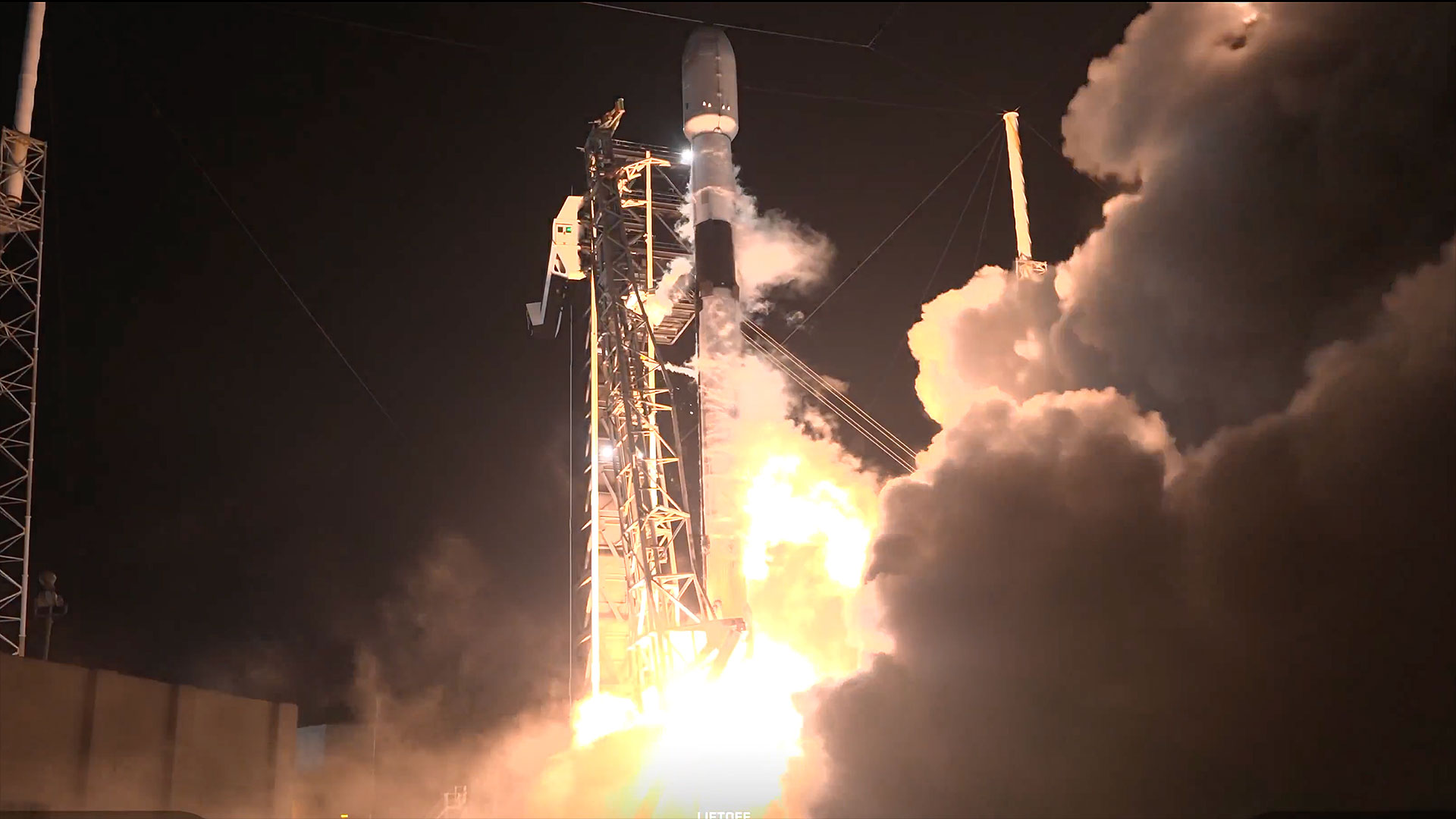
Encounters with Distant Worlds: An Interview with New Horizons' Alan Stern (Exclusive)
NASA's New Horizons spacecraft is on track for a Jan. 1 flyby of Ultima Thule, a distant Kuiper Belt object that lies 1 billion miles (1.6 billion kilometers) beyond Pluto.
The encounter will be the farthest planetary flyby in history. What New Horizons will see is a mystery, and mission principal investigator Alan Stern is prepared for puzzlement.
The stalwart, piano-size probe — designed, built and operated by the Johns Hopkins University Applied Physics Laboratory in Laurel, Maryland — already has one exploration milestone under its belt: it zoomed past Pluto in July 2015. [NASA's New Horizons Mission in Pictures]
Stern, who's based at the Southwest Research Institute in Boulder, Colorado, literally wrote the book on that mission, along with astrobiologist David Grinspoon — "Chasing New Horizons: Inside the Epic First Mission to Pluto" (Picador, 2018).
Space.com caught up with Stern recently to talk about New Horizons and the imminent record-setting flyby of Ultima Thule, which scientists think is about 23 miles (37 km) wide.
Space.com: How is the overall health of New Horizons as it approaches Ultima Thule?
Stern: The spacecraft is essentially in perfect health. As for the thrusters, we share them between the A and B redundant sides of New Horizons. So, we don't run them until they break. They are ultimately life-limited items, like your tires. All the scientific instruments are in good health. We're right on course, and we couldn't ask for more at this point.
Breaking space news, the latest updates on rocket launches, skywatching events and more!
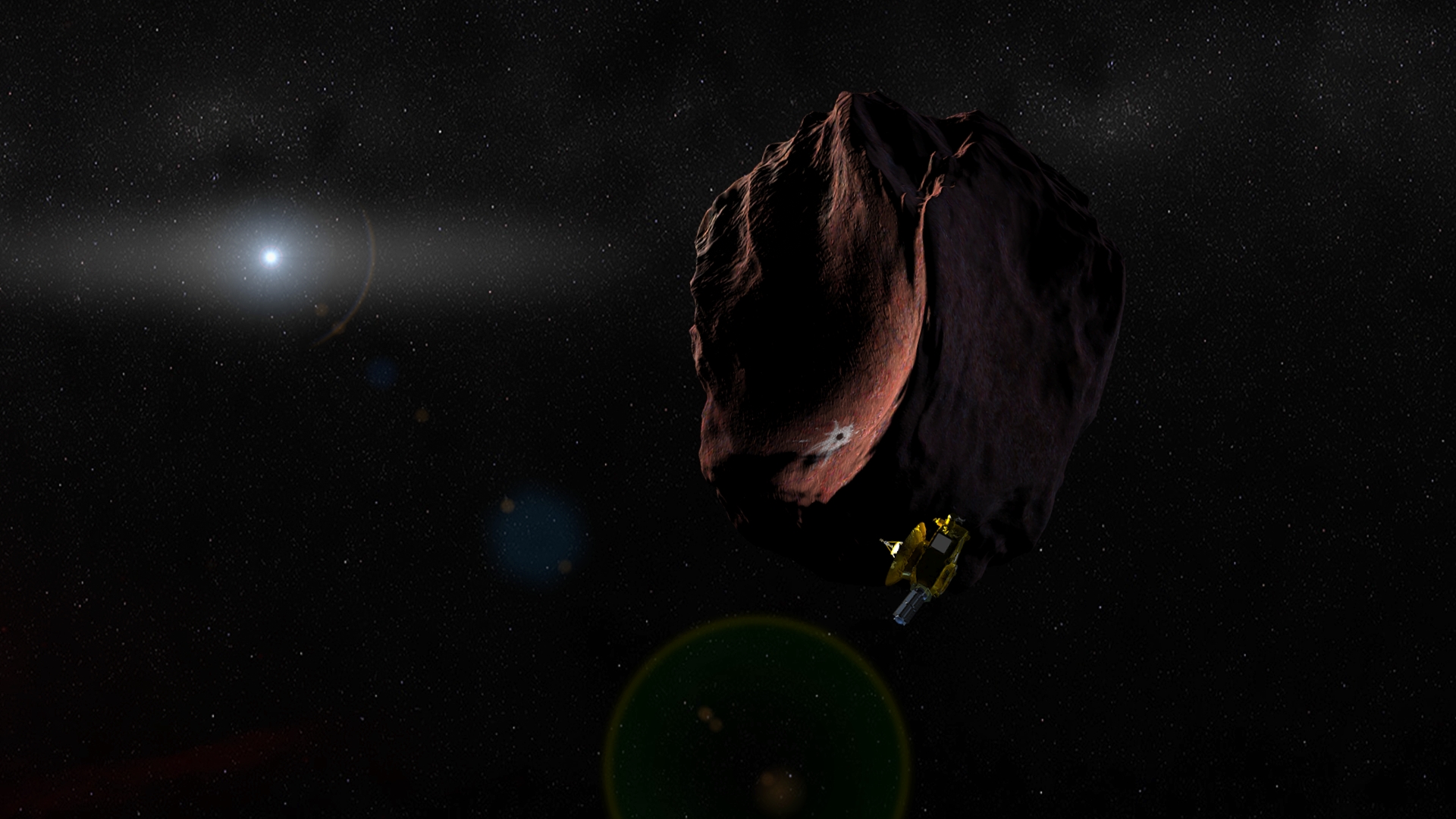
Space.com: What's the prospect of an extended mission after investigating this Kuiper Belt object?
Stern: There may be another KBO flyby after this one; we'll see. We proposed for a five-year extended mission to take us through 2021 and out to 50 astronomical units and study the Kuiper Belt many different ways. [Note: One astronomical unit is the Earth-sun distance, about 93 million miles, or 150 million km.] We'll have to propose for future extended missions. If the science is good and the spacecraft remains healthy, I think we have an excellent chance. We're the only spacecraft out there that can do this. Nobody else is coming with a second mission. It's really a unique opportunity to do things that otherwise can't be done, and we've got plenty of propellant left.

Space.com: How long can New Horizons function?
Stern: In principle, New Horizons could operate another 15 or 20 years until the radioisotope thermoelectric generator power levels drop to the point where we can't run the spacecraft anymore.
Space.com: New Horizons represents exploration of the unknown. You must be anxious to see what's lurking out there so distant from Earth.
Stern: Very few people appreciate the fact that the solar system is so vast. The sun's gravity is strong enough that it holds onto comets orbiting in the Oort Cloud 100,000 astronomical units away. That's 3,000 times as far as Pluto. Because the sunlight gets weaker and weaker with the square of the distance, it's very hard to find things that are that far out.
Space.com: So, we should expect to be surprised at what the spacecraft may find?
Stern: We've only scratched the surface of the Kuiper Belt and the Oort Cloud. Personally, from the work I have done and published, I expect that we're going to find not just dozens, but potentially hundreds of more planets. That will include finding more small planets farther out in the Kuiper Belt, and then larger planets much farther out in the Oort Cloud.
I think it's kind of funny when somebody talks about finding Planet X. We're going to find Planet X, Planet Y, Planet Z and a very large number more. There are clues forensically around the solar system that there used to be a large number of planets, most of which got scattered out to great distances. [Our Solar System: A Photo Tour of the Planets]
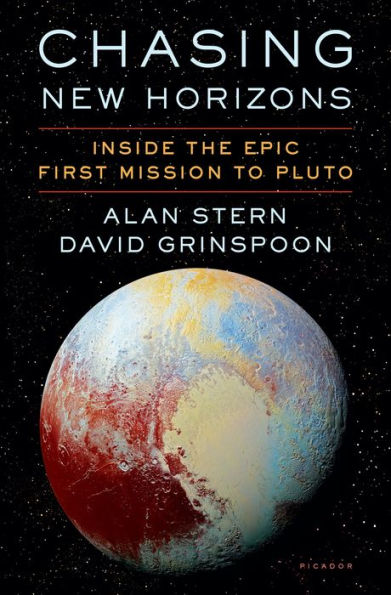
Space.com: Given your book tour and talks around the globe, what's the message you receive back from the public?
Stern: What I hear is that the exploration of Pluto has been incredibly inspiring to many people. I've had people, young people particularly, that tell me it's the best thing that's happened in their lifetime, or that it has inspired them to go from a slacker to a straight-A student. In one talk, there was a gentleman that stood up in the audience and said that he was borderline suicidal until he saw the New Horizons flyby of Pluto. He said he realized that there were so many amazing things to live for. Wow!
Those of us on the New Horizons project never expected that kind of response. So, in the book we explain that the most important "discovery" for my co-author David and I was that the mission was so inspiring it could change so many people's lives.
Space.com: New Horizons flew past Pluto in July 2015, but there seems to be a constant, steady stream of discovery stemming from that encounter. Why so?
Stern: I expect it's going to take the scientific community a solid decade from now to get to the bottom of everything that New Horizons taught us. If Pluto and its satellites weren't so complex it would not take so long … but it's a scientific wonderland full of puzzles.
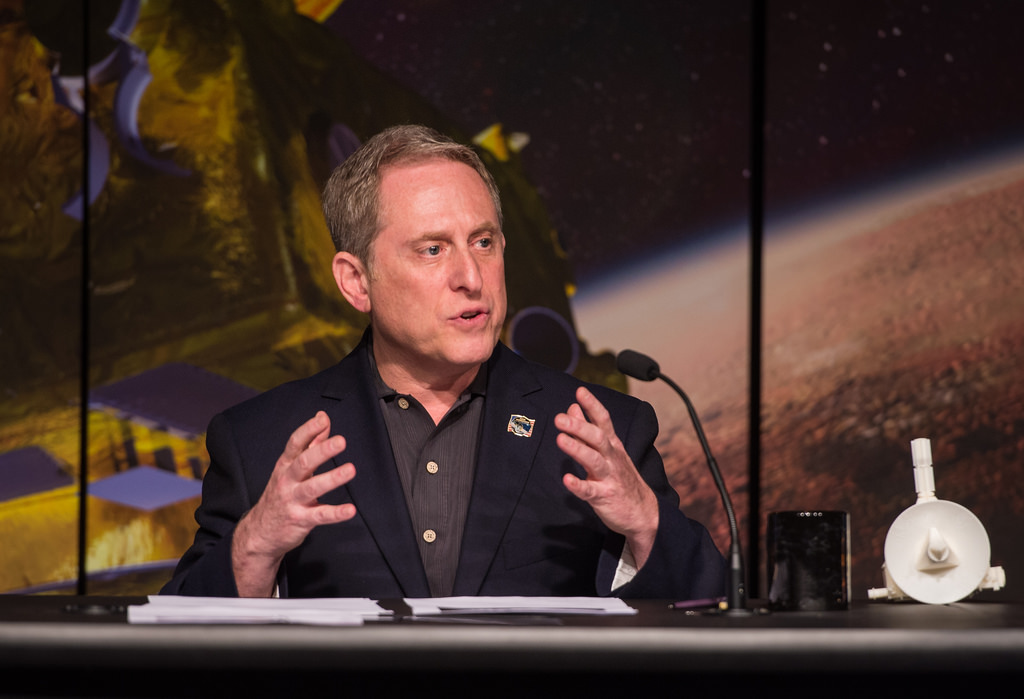
Space.com: The flyby of Pluto and now a KBO is emblematic of exploration and inquiry into the unknown. It would seem the mission is a metaphor for surprise, even bewilderment.
Stern: Go back to the early 1960s into the 1970s. Those first missions to Mars, Venus, Mercury, Jupiter … they all provided the same experience we had. Those spacecraft knocked down everything that was known by telescope and showed us at each planet a much more complex and nuanced situation, and new kinds of physical phenomena. We were surprised and surprised over and over.
The Pluto flyby showed that nature just wowed us again. It was so surprising that I told my New Horizons science team colleagues after we looked at the data sets that we probably got an "A" for exploration but an "F" for scientific predictive abilities. [Pluto's Heart: A Cosmic Valentine in Photos]
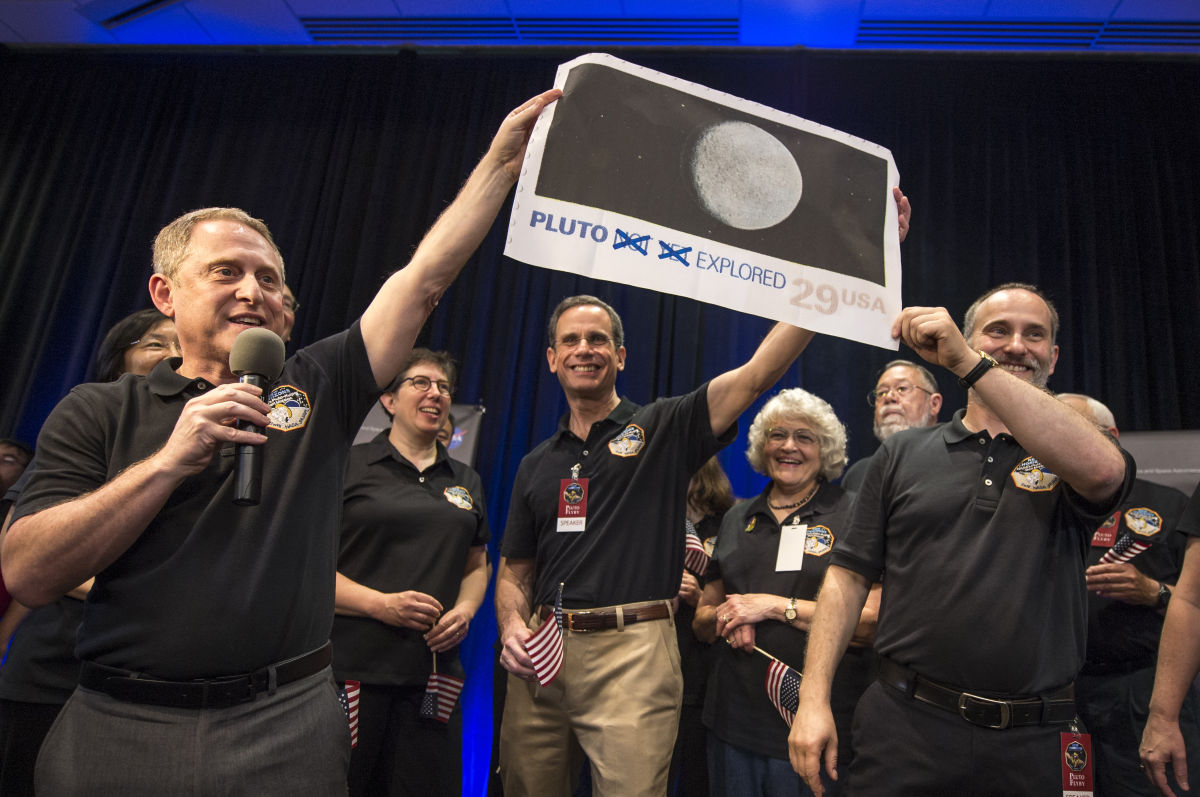
Space.com: So, your prediction about what you'll find at Ultima Thule?
Stern: New Horizons is flying towards the object at almost a million miles a day. It will be a dot in the distance until the day before the flyby. The day after flyby we'll start receiving high-resolution images and other data. There will be a search for an atmosphere that may or may not be there. We'll also look at the KBO for moons and rings, and we'll map it and map its surface composition, take its temperature, and more. The data will pour down after the spacecraft has passed by on January 1st.
That data will continue to be transmitted back to Earth, not just for weeks, but for a year and a half. It's going to be late summer 2020 before we've got all the data sets on the ground. So, expect this to be the gift that keeps on giving.
Nothing like this has ever happened before. No mission has ever been to this type of object. It's studying something so wild … something that's been out there so far from the sun where it's un-evolved because temperatures are so low that we have no parallel for it.
Ultima Thule may be something unlike anything we've ever seen before.
Leonard David is author of the forthcoming book, "Moon Rush: The New Space Race" to be published by National Geographic in May 2019. A longtime writer for Space.com, David has been reporting on the space industry for more than five decades. Follow us @Spacedotcom or Facebook. This version of the story published on Space.com.
Join our Space Forums to keep talking space on the latest missions, night sky and more! And if you have a news tip, correction or comment, let us know at: community@space.com.

Leonard David is an award-winning space journalist who has been reporting on space activities for more than 50 years. Currently writing as Space.com's Space Insider Columnist among his other projects, Leonard has authored numerous books on space exploration, Mars missions and more, with his latest being "Moon Rush: The New Space Race" published in 2019 by National Geographic. He also wrote "Mars: Our Future on the Red Planet" released in 2016 by National Geographic. Leonard has served as a correspondent for SpaceNews, Scientific American and Aerospace America for the AIAA. He has received many awards, including the first Ordway Award for Sustained Excellence in Spaceflight History in 2015 at the AAS Wernher von Braun Memorial Symposium. You can find out Leonard's latest project at his website and on Twitter.
